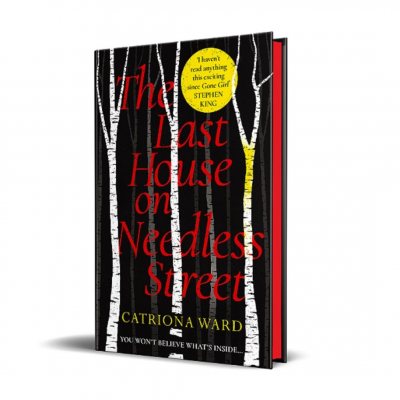


Chamberlain ratchets up the tension with the ever-present mystery of what Ann might be up to, and the dual narratives merge beautifully before an explosive conclusion. As Kayla learns Ellie was once in a romantic relationship with Kayla’s father, she uncovers a series of terrible events that occurred in the woods surrounding Kayla’s property. She faces danger from the KKK while working alongside other students from Northern colleges and the members of her local Black community in N.C., all of which is exacerbated by her attraction to a Black civil rights activist. The Last House on the Street is a window through which we see what it must have felt like for an eighteen-year-old white girl in 1965 to take that step forward and the steps taken by a community to keep their secrets buried. In a parallel narrative set in 1965, Ellie joins a student group to help register Black voters. After moving into the new house, Kayla and Rainie meet neighbor Ellie Hockley, who recently returned to the area to care for her aging mother and ill brother. Kayla is approached at her office by a woman named Ann Smith, who claims to be a potential client but unnerves Kayla by talking about Jackson’s death, and by telling her she is thinking about killing someone. In 2010, North Carolina architect Kayla Carter reluctantly prepares to move into her dream home with her three-year-old daughter, Rainie, after her husband, Jackson, died in a freak accident while building the house. Chamberlain ( Big Lies in a Small Town) delivers the goods with this affecting and spellbinding account of a community’s buried secrets. A community's past sins rise to the surface in New York Times bestselling author Diane Chamberlain's The Last House on the Street when two women, a generation apart, find themselves bound by tragedy and an unsolved, decades-old mystery.1965Growing.


 0 kommentar(er)
0 kommentar(er)
